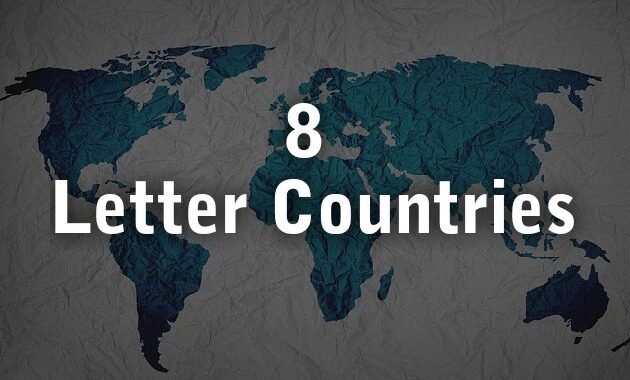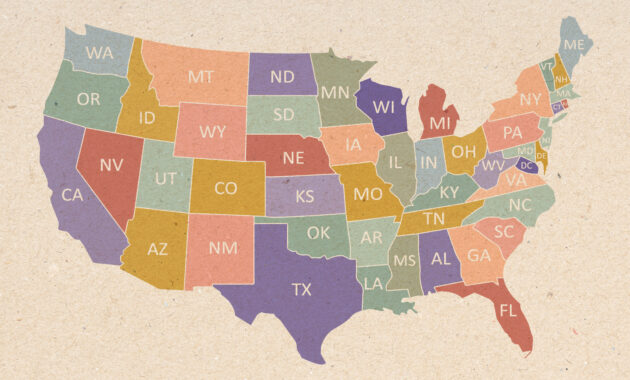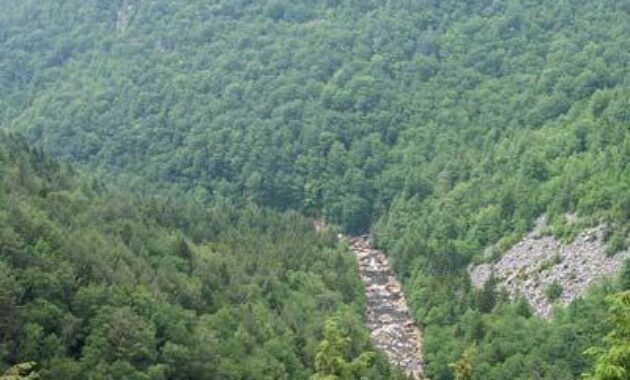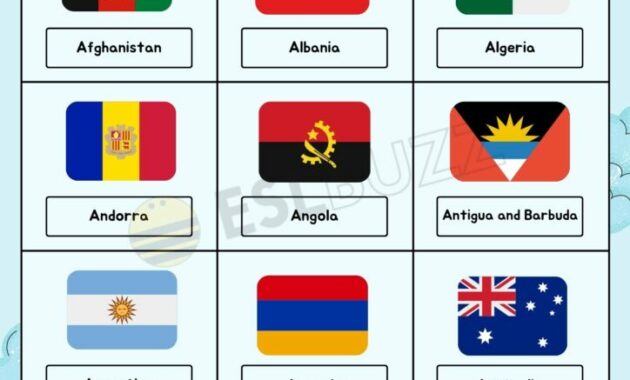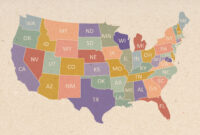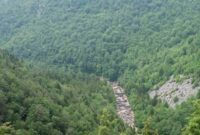Hey there! So, I’ve been diving into the fascinating world of geography lately, specifically focusing on land regions and their diverse characteristics. It’s amazing how much variety exists on our planet, from sprawling deserts to towering mountain ranges and everything in between. Exploring these different landforms has really opened my eyes to the Earth’s incredible beauty and complexity.
Land Regions: A Visual Journey

Let’s start with the basics. What exactly defines a land region? Well, it’s essentially an area of land that shares common characteristics, such as climate, vegetation, topography, and soil type. These shared features influence the types of plants and animals that can thrive in the region, as well as the human activities that can be sustained there. Think about it: a lush rainforest is drastically different from a barren desert, and these differences have profound impacts on the ecosystems and communities that call them home.
One of the most captivating aspects of studying land regions is the sheer diversity. Consider the vast expanse of the Amazon rainforest, a biodiversity hotspot teeming with life. Its dense canopy, high rainfall, and humid climate create a unique environment that supports an unparalleled array of species. In contrast, the Sahara Desert presents a starkly different landscape, characterized by extreme heat, arid conditions, and sparse vegetation. Despite the harsh environment, life still manages to persist, with specialized plants and animals adapting to survive in the challenging conditions. The resilience of life, even in the most extreme environments, is truly remarkable.
Moving on to mountainous regions, we find another distinct set of characteristics. The towering peaks of the Himalayas, for example, are sculpted by glacial activity and shaped by the forces of erosion. The thin air, steep slopes, and cold temperatures create a unique environment that supports specialized alpine vegetation and hardy animal species. Mountainous regions also play a crucial role in regulating water cycles, acting as natural reservoirs that collect and release water to surrounding areas. Their impact on regional climates and ecosystems is significant.
Coastal regions, where land meets sea, are another fascinating area of study. These dynamic environments are constantly shaped by the forces of waves, tides, and currents. Salt marshes, mangrove forests, and sandy beaches provide important habitats for a wide variety of marine and terrestrial species. Coastal regions are also centers of human activity, with many major cities and ports located along coastlines. However, these areas are also vulnerable to the impacts of climate change, such as rising sea levels and increased storm surges, which pose significant threats to coastal communities and ecosystems.
Grasslands, with their vast expanses of grasses and herbaceous plants, represent another important land region. These areas are often found in temperate and tropical climates, where rainfall is sufficient to support grasses but not enough to sustain forests. Grasslands play a vital role in carbon sequestration, storing significant amounts of carbon in their soils. They also provide important grazing lands for livestock and wildlife. However, grasslands are also threatened by habitat loss, overgrazing, and conversion to agricultural land, which can have detrimental impacts on their biodiversity and ecological functions.
Understanding the characteristics of different land regions is not just an academic exercise; it has real-world implications for conservation and sustainable development. By recognizing the unique ecological functions of each region, we can develop strategies to protect them from degradation and ensure their long-term sustainability. For example, protecting rainforests from deforestation is crucial for maintaining biodiversity and regulating global climate patterns. Similarly, managing grasslands sustainably can help to prevent soil erosion and maintain their carbon storage capacity. Conservation efforts must be tailored to the specific characteristics of each region to be effective.
Land Area: A Deeper Dive into Statistics

Beyond the qualitative aspects of land regions, understanding the quantitative data, specifically land area, is equally important. Knowing the size and distribution of different land regions allows us to better understand their relative importance in terms of biodiversity, resource availability, and human impact. For example, knowing the total area of rainforests globally helps us to assess the scale of deforestation and its potential consequences for climate change and biodiversity loss.
The concept of land area might seem straightforward, but it’s actually quite complex. Different organizations and researchers may use different methods for measuring and defining land area, which can lead to variations in reported figures. For example, some definitions of land area may include inland water bodies, while others may exclude them. It’s important to be aware of these differences when comparing land area statistics from different sources.
Furthermore, land area is not static; it changes over time due to natural processes and human activities. Coastal erosion, volcanic eruptions, and glacial melting can all alter the shape and size of landmasses. Human activities, such as land reclamation, deforestation, and urbanization, can also have significant impacts on land area. Understanding these dynamic processes is crucial for predicting future changes in land area and their potential consequences.
The distribution of land area across the globe is also uneven. Some regions, such as North America and Eurasia, have vast expanses of land, while others, such as small island nations, have very limited land resources. This uneven distribution has significant implications for resource availability, economic development, and political power. Countries with large land areas often have greater access to natural resources, such as minerals, forests, and agricultural land, which can contribute to their economic prosperity.
Land area statistics are also useful for assessing the impact of human activities on the environment. For example, comparing the amount of land converted to agricultural use over time can help us to understand the scale of agricultural expansion and its potential impacts on biodiversity and ecosystem services. Similarly, tracking the area of land affected by deforestation can provide insights into the rate of forest loss and its consequences for climate change and water resources.
Analyzing land area data can also reveal patterns of land use and urbanization. For example, mapping the distribution of urban areas can help us to understand the growth of cities and their impact on surrounding landscapes. Similarly, tracking changes in land cover, such as the conversion of forests to agricultural land or the expansion of urban areas, can provide insights into the drivers of land use change and their potential environmental consequences.
In conclusion, understanding land regions and their characteristics, along with the quantitative data on land area, is essential for addressing a wide range of environmental and societal challenges. By combining qualitative and quantitative information, we can develop more effective strategies for conservation, sustainable development, and land management. The journey of understanding our planet’s diverse landscapes is a continuous one, filled with fascinating discoveries and important lessons for the future.
If you are looking for World Land Areas by Territories | Download Scientific Diagram you’ve visit to the right page. We have 5 Pictures about World Land Areas by Territories | Download Scientific Diagram like Land Area | PDF, AREAS OF LAND — GOOD MOTHER STUDIO and also Land regions Flashcards | Memorang. Here you go:
World Land Areas By Territories | Download Scientific Diagram

www.researchgate.net
Land Area | PDF

www.scribd.com
AREAS OF LAND — GOOD MOTHER STUDIO

www.goodmotherstudio.com
The Benefits Of Investing In Properties With Large Land Areas – JW

prestigeagents.com.au
Land Regions Flashcards | Memorang

memorang.com
Areas of land — good mother studio. The benefits of investing in properties with large land areas. World land areas by territories







